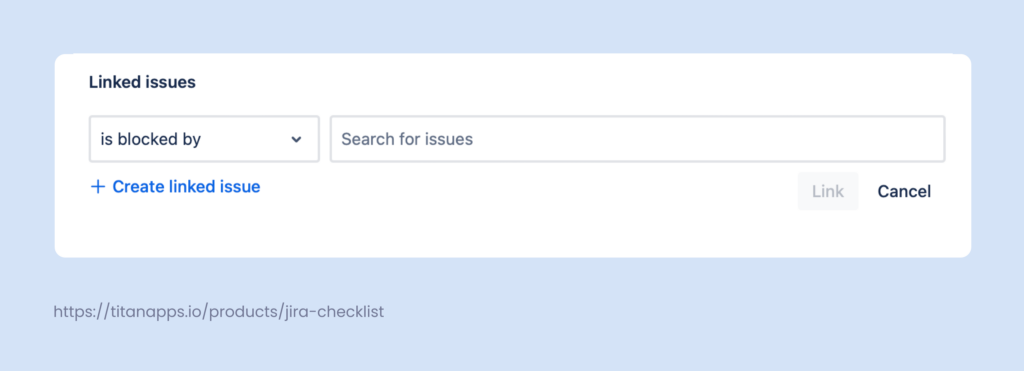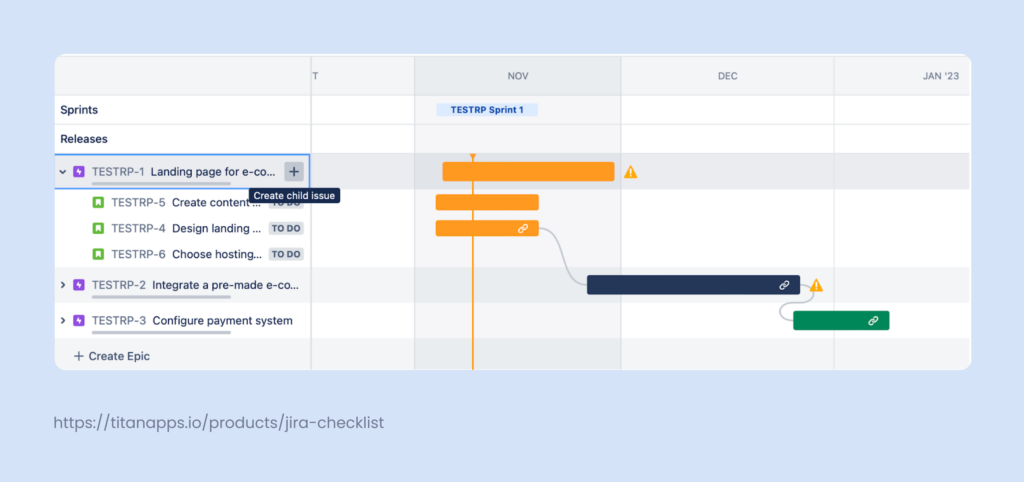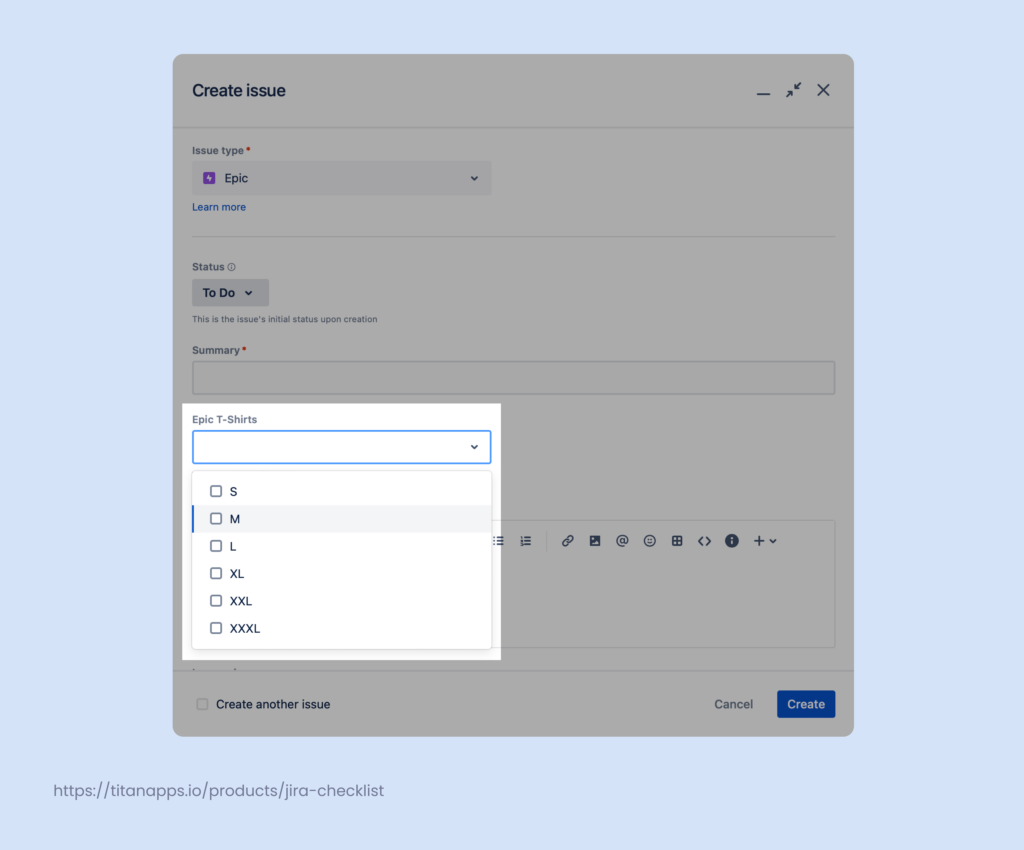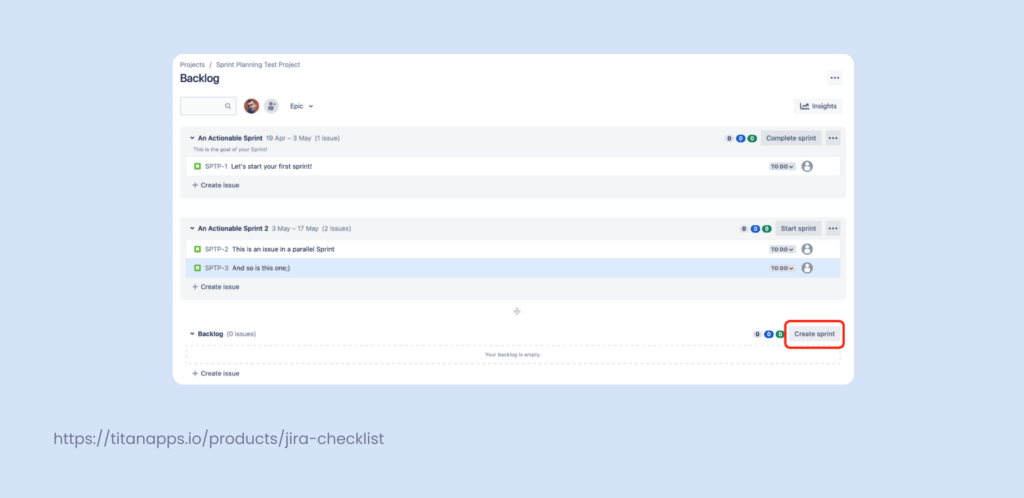Jira Essentials for Product Owners refers to the fundamental skills and knowledge that product owners need to effectively use Jira for task tracking. These essentials typically include understanding how to create and manage backlogs via backlog management, prioritize tasks, track progress, and facilitate collaboration among cross-functional teams.
By mastering these essentials, product owners can optimize their workflow, enhance communication, and ensure the successful development and delivery of high-quality outcomes.
How Do Product Owners Use Jira?
Product owners play a pivotal role in software development and project management by defining product requirements, and prioritizing tasks. They ensure that the development team delivers value to the end-users. Jira is widely used by product owners to streamline their work and facilitate collaboration. Here’s a detailed guide on how product owners use Jira:
Requirement Gathering and Analysis
Product owners start by streamlining the project to represent major product features or initiatives. They outline the overarching goals and objectives associated with the project. Once the project scope is defined and approved by the stakeholders, the PO starts putting them into Epics.
Product owners break down Epics into smaller, actionable User Stories. Each User Story represents a specific piece of functionality or a customer requirement. Moreover, story mapping allows user stories to be visually represented in grid-form for clarity of the project.
Product owners add detailed descriptions, acceptance criteria, and attachments to User Stories. This provides the development team with clear guidelines on what needs to be built.
Note: Unfortunately, Jira doesn’t offer the functionality needed for story mapping by default. There are certain apps on the Atlassian Marketplace that you can use:
- Story Maps for Jira
- Agile User Story Maps
- Easy Agile TeamRythm
Backlog Prioritization
Product owners prioritize scope, customer feedback, and strategic goals. They use Jira’s ranking or prioritization features to order the backlog.
Product owners identify and manage dependencies between User Stories or Epics. This ensures that development work is sequenced effectively.
If you’d like to set up the Priority field, go to Administration > Work Items (Issues) and select Priorities.
- Choose Add priority level
- Enter a name and description for your priority level
- Select an icon to represent the priority
- Choose a color for the priority
- Add the priority
Here is how you can create a backlog
- Go to the three dots menu at the top right corner of your board.
- Select Board settings.
- Select the Columns option.
- Drag the backlog card from the board into the Kanban backlog column.
- Delete the original Backlog column by clicking the trash bin icon. Alternatively, you can rename the column and assign it a new custom status. I’d suggest going with something like Selected for Development to better fit your workflow.
You can learn more about the specifics and intricacies of backlog management from this guide.
Here are several quick tips that can help you prioritize tasks:
- Use input from various sources like users and stakeholders when prioritizing tasks
- Refine your near-term backlog items. It’s best to use the INVEST formula at this stage.
You can use a Jira Checklist to document the core points of the Story, mentioning the additional tasks as individual checklist items.
- Refine the backlog regularly and pay attention to the input from your team.
Sprint Planning
Product owners plan sprints with Scrum masters and agile teams. Every Sprint planning session is unique, but all must focus on answering three primary questions:
- Why is THIS Sprint valuable?
- What can we deliver during this Sprint?
- How will we deliver the work we’ve planned?
Product owners communicate the sprint goals to the development team. They clarify the desired outcomes and expectations for the sprint.
How to create a new Sprint?
Navigate to the backlog from the sidebar and click the bright blue “Start Sprint” button once the work items from your Project backlog are refined, prioritized, and moved to the Sprint backlog.

Clicking on the “Start Sprint” button will open a pop-up window where you’ll fill in the details of your Sprint, such as:
- Sprint name
- Duration: You can select a desired duration from the drop-down menu
- Start date / end date
- And the goal of the Sprint.
Monitoring Progress
Product owners use Jira boards (Kanban or Scrum) to monitor the progress of User Stories as they move through the workflow.
While Product Owners don’t need to participate in daily stand-up meetings, their presence can be quite welcome if there’s an immediate need to address certain questions.
Reporting and Communication
Product owners use Jira’s reporting capabilities to create charts, dashboards, and reports. These reports help in visualizing project progress and key metrics.
Product owners share project status updates and progress reports with stakeholders using Jira’s collaboration features.
Release Planning
Product owners plan releases by grouping related Epics and User Stories. They schedule releases based on business timelines and objectives. Jira allows product owners to associate User Stories with specific versions or releases, ensuring a clear roadmap.
In summary, product owners use Jira to streamline requirement management, prioritize work, plan sprints, monitor progress, gather feedback, communicate with stakeholders, and plan releases. This versatile tool empowers product owners to efficiently oversee the development process and deliver valuable products to customers.
Jira for Product Owners: Use Cases and Practical Applications
In Atlassian Jira, a Product Owner plays a central role in guiding and facilitating the software development process. Their primary responsibilities revolve around defining the product vision, managing the product backlog via backlog refinement, and ensuring that the development team delivers value to the end-users. Jira comes with templates to allow product owners to choose the most-suited Jira templates according to their work requirements.
Prioritization in Jira
Prioritizing tasks is a fundamental aspect of a product owner’s role. Jira offers tools for ranking and managing these priorities.
Product owners use Jira to prioritize User Stories based on business value, customer feedback, and strategic goals. Dependencies between tasks can be identified and managed, ensuring a coherent workflow.
Let’s talk about the development of login and registration functionalities in an app. Which one should be developed first?
If you start with registration, for example, you’ll quickly realize there’s no way to test it without the login. But if you start at the login and add some test accounts manually – you can test the whole feature step by step.
With the above-mentioned scenario, we have different dependencies, so we can create user stories for login and sign up, and create sub-tasks for each of the stories for the backend and frontend. These will then be assigned to the relative developers. We can link the tickets to each other with the following status:
1. login is blocked by registration
2. registration blocks login
We can set the block status from the linking to let the team know about the blockages we have between the functionalities and also to set the priority of the tickets created.
Just open a work item in Jira and click on the icon with two chains. You will then have the option to link two work items and select their dependencies.

Work items that are linked in this way will also be visible on the project roadmap, giving you a bird’s eye view of the situation on a project.

Planning and Execution
There are several features in Jira that can help make your Sprint planning and execution much simpler.
Let’s start with estimating Epics. You’ll need to set up a checkbox custom field. This field can help with T-shirt size estimation. The sizes can then serve as a nice indication of the team’s expertise and ability to deliver an Epic. Having this knowledge can greatly enhance your capabilities for long-term planning.

You can also use Jira to run parallel Sprints. These are Sprints you can run simultaneously from the same backlog. The functionality comes in handy when you want to separate several teams that are working on a project together.
Running parallel Sprints is slightly easier in team-managed projects. You can create as many of them as you need from the backlog.

Setting up parallel sprints in a company-managed project is a bit trickier. You’ll need a user with global Jira Admin permissions. This user can do the following if you are running your instance on Jira Data Center:
- Select Administration > Applications, then scroll down the page to the Jira Software section.
- Under Jira Software configuration, select the Parallel Sprints checkbox.
The following steps apply to Jira Cloud:
- From the global navigation, select Settings > Products.
- Under Jira Software configuration, select the toggle for Parallel sprints.
Note: The velocity chart will not show the velocity per team.
Monitoring Progress and Daily Stand-ups
You can monitor the team’s progress through the JIRA dashboard. The PO can set multiple relative time graphs or progress graphs related to PO interest where the PO can track the daily progress on JIRA easily. When talking about Sprints, there are three major reports you should focus on:
- Burndown chart: Check on your team’s progress by comparing the number of Story Points that are left versus an approximation of an ideal burndown rate.
- Burnup report: This report is the opposite of the burndown chart. It compares completed work (the number of burned Story Points) versus an ideal burndown rate and the scope.
- Velocity chart: You can use this chart to plan your future sprints based on the amount of work that is typically done during a sprint.
Top Benefits of Jira for Product Owners
Jira provides a plethora of benefits for Product Owners to strengthen their jobs and promote effective product development. Jira provides Product Owners with a robust set of capabilities that ease their duties and help them deliver valuable products to end customers, from effective requirement management to real-time progress tracking and seamless collaboration,
Read further to learn about Jira’s main advantages and focus on how it enables Product Owners to thrive in their crucial position within the software development ecosystem.
What are the benefits of Jira for Product Owners?
Jira is of great importance to a product owner in the IT landscape. Let us delve deep to analyze the benefits of this tool for POs.
- Efficient Requirement Management: Jira enables product owners to seamlessly create, organize, and track requirements using Epics and User Stories, ensuring a structured approach to defining project goals and functionalities.
- Prioritization Made Simple: With Jira, product owners can effortlessly prioritize tasks based on business value and dependencies, making it easier to focus on delivering features that matter most to users.
- Effective Sprint Planning: Jira simplifies sprint planning by providing visual boards and tools to allocate User Stories to sprints, fostering a collaborative and transparent process for Agile teams.
- Real-time Progress Tracking: Jira’s boards and dashboards provide real-time visibility into project progress, allowing product owners to monitor the status of tasks, identify bottlenecks, and make informed decisions.
- Seamless Collaboration: Jira’s collaboration features facilitate communication between product owners, development teams, and stakeholders, fostering a shared understanding of project goals and progress.
- Streamlined Feedback Management: Product owners can gather feedback directly within Jira, making it easier to capture user input and incorporate it into the development process for continuous improvement.
- Robust Reporting: Jira’s reporting capabilities enable product owners to generate charts and reports that offer insights into project performance and metrics, aiding in data-driven decision-making.
- Efficient Release Planning: Jira simplifies release planning by allowing product owners to group related Epics and User Stories, schedule releases, and track progress against release goals.
- Versatile Integration: Jira’s extensive integration capabilities enable product owners to connect with various tools and services, enhancing workflow efficiency and supporting diverse development processes.
- Clear Version Tracking: Product owners can associate User Stories with specific versions or releases in Jira, ensuring a clear roadmap and helping stakeholders understand when to expect new features and improvements.
Top Tips for Product Owners to Use Jira
Product owners can excel in Jira by utilizing their best capabilities and the correct usage of Jira. Some top tips for POs include:
- Master Jira Basics: Start by thoroughly understanding the basic features and navigation within Jira. Familiarity with creating work items, using boards, and managing jira workflows is essential.
- Prioritize Ruthlessly: Use Jira’s prioritization features to rank User Stories by business value and urgency. Regularly review and adjust priorities to reflect changing needs.
- Collaborate Actively: Foster collaboration by regularly engaging with developers and other team members, Scrum Masters, and stakeholders. Attend daily stand-up meetings and how to create a sprint sessions to maintain a shared understanding of project goals.
- Use Agile Boards: Leverage Jira’s Agile boards (Kanban or Scrum) for visual project management. These boards provide real-time visibility into progress, making it easier to track work items.
- Customize Workflows: Tailor Jira workflows to match your team’s unique processes. Customization ensures that Jira aligns perfectly with your project’s requirements.
- Gather Stakeholder Feedback: Encourage stakeholders to provide feedback directly in Jira. This promotes transparency and ensures that their input is captured and considered.
- Regularly Update Status: Keep User Stories and tasks updated with their current status. This real-time tracking helps you and the team stay informed about progress. Subtask work items, such as subtasks not showing on Jira board must also be dealt with.
- Leverage Jira Reports: Use Jira’s reporting capabilities to generate charts, dashboards, and reports. These visualizations provide valuable insights into project performance and help in data-driven decision-making.
- Plan Releases Carefully: When planning releases, group related Epics and User Stories, and use Jira’s version tracking to create a clear roadmap. Share this Jira roadmap with stakeholders for transparency.
- Stay Organized: Maintain a well-organized backlog by periodically grooming it. Remove outdated items, refine your backlog, and ensure that your backlog remains an efficient source of work items.
- Learn Keyboard Shortcuts: Familiarize yourself with Jira’s keyboard shortcuts to navigate and work more efficiently within the tool.
- Automate Repetitive Tasks: Explore automation rules in Jira to save time on routine tasks, such as assigning work items or sending notifications.
- Embrace Integrations: Integrate Jira with other tools your team uses, like Confluence, Slack, or development tools. Seamless integrations enhance productivity and communication.
- Regular Training and Updates: Stay updated on new Jira features and best practices by attending training sessions or seeking out resources like Atlassian’s documentation.
By following these tips, Product Owners can maximize their effectiveness in using Jira as a tool to manage projects, collaborate with teams, and deliver successful products.